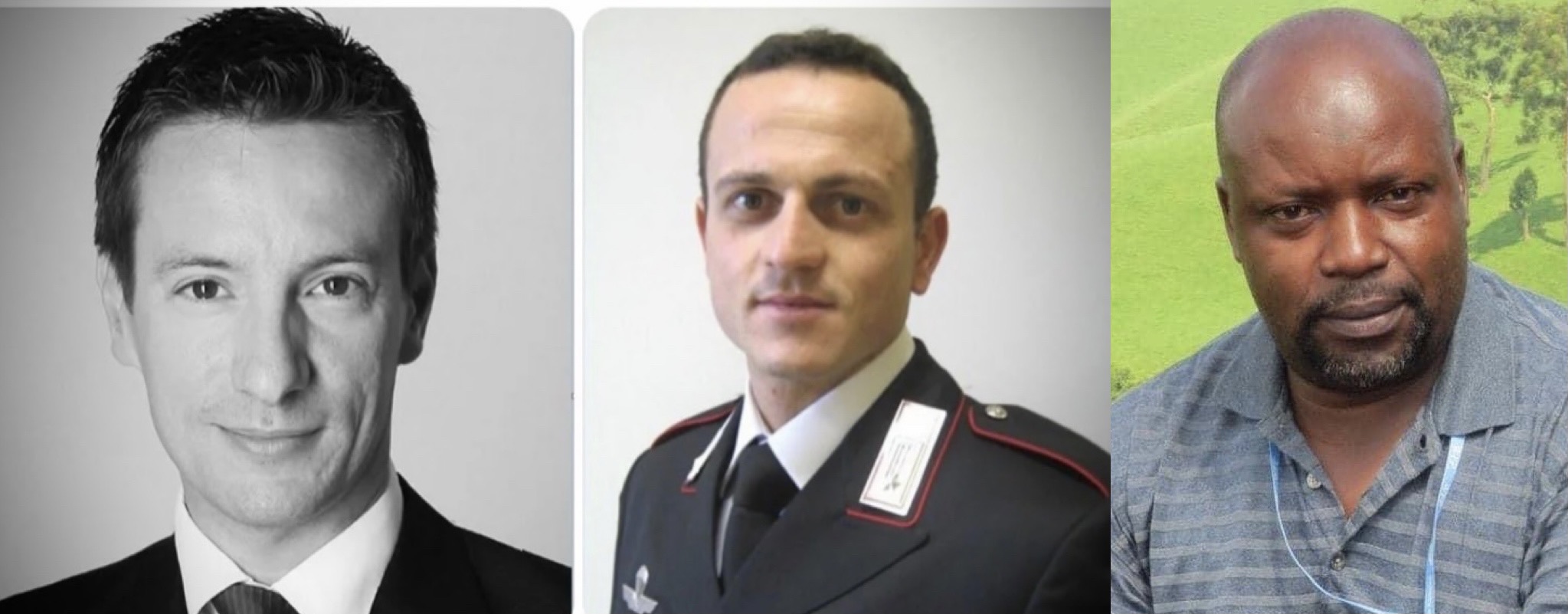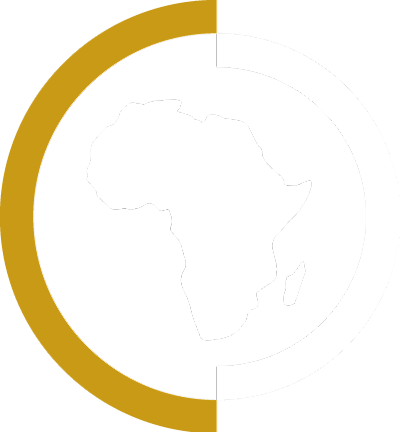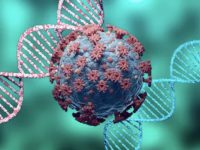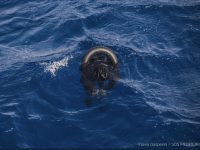At the onset of the COVID-19 pandemic Focus on Africa launched an alarm on how reckless…

Congo, Hidden Truths and WFP Responsibility: Initial Answers on the Investigation on the Attanasio Killing
Since 22 February 2021, as a journalist and Chief editor of Focus on Africa, but above all as a friend who knew the values and prudence of Luca Attanasio, I have been digging into the ambush that took the life of our ambassador to the Democratic Republic of Congo, his bodyguard, the Carabiniere, Vittorio Iacovacci, and the driver for the World Food Program (WFP), Mustapha Milambo.
We carefully reconstructed the events thanks to direct sources in the area, including our correspondent in Central and Western Africa, Omer Abdullah. Nevertheless, the arrests of those presumed responsible and seven people under investigation including the Congolese UN employee for the WFP accused by Italian prosecutors of “failing to take sufficient precautions”, the attack is still shrouded in mystery and unclear omissions that call for proper reflection and demand clarity and accountability.
In addition to the officer responsible for the security of the convoy in which Attanasio and Iacovacci were travelling, other staff members with important positions acted in bad faith, deceiving Attanasio.
In addition to being an enterprising and courageous diplomat, Luca was extremely prudent and was perfectly aware that the area in which the international convoy was travelling was at high risk because it is disputed by both groups of terrorists who rule the border between Rwanda and Uganda and out-of-control militia and jihadists who, in order to survive, carry out raids and criminal acts of all types against the local population and anyone who gravitates in the sphere under their control.
He had been assured that the entire route would be protected by none the less than Congolese military. In particular, in the high risk “three antennas” zone where there is a base of the Congolese Institute for Nature Conservation (ICCN) park rangers.
Sources in the area also confirmed that on 24 February, 24 hours before the attack, an alert had been raised in the area between Kibumba and three antennas. Local armed forces had (theoretically) been reinforced in the area, ready to face imminent threats.
Yet, according to testimonies given by the survivors, the assailants acted as though they could operate undisturbed.
So, what went wrong?
In a statement by Luca’s wife, Zakia Seddiki, she believes he was “betrayed” by someone “close to him” who knew his travel itineraries. The same Congolese “friends” who have denied being informed about our diplomat’s travels in Eastern Congo but rather had been told that he had decided not to go.
The Italian embassy had in fact informed the local authorities when they requested the use of the VIP area at Kinshasa airport explaining that the Italian delegation (that included the Italian Console in the Congolese capital, Alfredo Russo) was going to Goma and then on to Bukavu to visit WFP projects.
Yet Kindasha claimed that on 15 February, Attanasio had “communicated orally” to the head of the Congolese protocol that he had decided not to leave. There is no evidence to back this up.
Another somewhat obscure element of the event is linked to a Tweet that appeared on the Congolese Minister of the Interior’s account in which he confirmed that the target of the attack was indeed the Italian ambassador, and that the Democratic Forces for the Liberation of Rwanda (FDLR) was responsible whose presence in the area where the WFP convoy was attacked, the mountainous Virunga Park, was verified. The FDLR, officially under investigation, continue to deny responsibility.
Summing up what has emerged in the last few hours, it is clear that there are still too many gaps and omissions by Congolese authorities but also by the international organizations present in the country, from the United Nations to the world food Program
The mysteries and doubts that shroud the attack on the WFP convoy on 22 February are numerous: from the mission without an escort in a high-risk area, to the dynamics of the shootings, from the escape of the assailants to Rwanda and the complicity of local authorities, even at government level.
Questions that the investigation has yet to provide adequate answers to.





